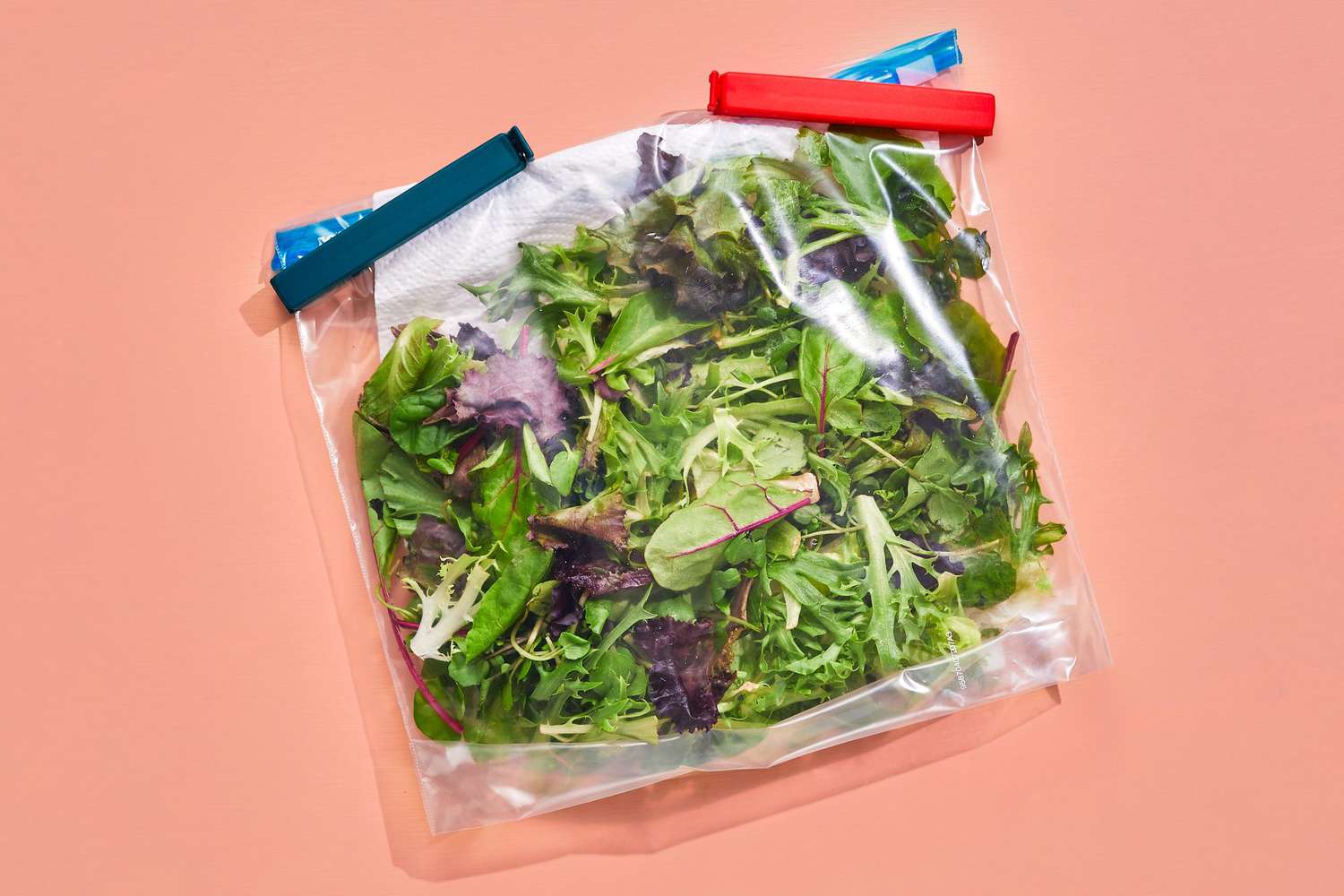

Articles
How To Store Salad Greens
Modified: December 7, 2023
Discover the best methods for storing salad greens. Read our informative articles to learn how to keep your greens fresh and crisp for longer.
(Many of the links in this article redirect to a specific reviewed product. Your purchase of these products through affiliate links helps to generate commission for Storables.com, at no extra cost. Learn more)
Introduction
Salad greens are a staple ingredient in many households, known for their nutritional value and versatility. Whether you enjoy a simple garden salad or elaborate gourmet creations, properly storing your salad greens is essential to ensure their freshness and crispness. Nothing is more disappointing than reaching for your greens only to find them wilted and unappetizing.
In this article, we will explore various methods to store salad greens effectively, extending their shelf life and preserving their flavor. From preparation to storage techniques and tips on reviving wilted greens, we’ve got you covered.
So, let’s dive into the world of salad greens and learn how to keep them fresh and vibrant for longer periods.
Key Takeaways:
- Keep salad greens fresh by storing them in airtight containers or with damp paper towels. Proper preparation and storage techniques can extend their shelf life and ensure crisp, flavorful salads every time.
- Revive wilted salad greens by soaking them in ice water, patting them dry, and refrigerating before serving. With the right storage and revival methods, you can enjoy fresh, vibrant salads for longer periods.
Read more: How To Store Salad
Preparing Salad Greens for Storage
Before you store your salad greens, it’s important to properly prepare them to prolong their freshness. Here are some steps to follow:
- Washing: Start by rinsing the salad greens under cold water to remove any dirt or debris. Gently shake off excess water or use a salad spinner to dry them.
- Tearing or Cutting: Depending on your preference, tear the leaves into bite-sized pieces or use a knife to cut them. This will make it easier to serve and eat the greens later.
- Removing Excess Moisture: Salad greens contain water, and excess moisture can cause them to spoil quickly. To remove excess moisture, pat the greens dry with a clean kitchen towel or use a salad spinner.
By following these simple steps, you will ensure that your salad greens are clean, dry, and ready for storage.
Storing Salad Greens in the Refrigerator
The refrigerator is the best place to store salad greens to maintain their freshness. Here’s how to do it:
- Choose the Right Container: Use airtight containers or resealable bags to store your salad greens. These containers will help maintain moisture levels and prevent wilting.
- Line the Container: Before storing the greens, you can line the container with a layer of paper towels or a clean kitchen towel. This will help absorb any excess moisture and keep the greens crisp.
- Place the Greens in the Container: Fill the container with the washed and prepared salad greens, ensuring they are not packed too tightly. Leave some space for air circulation.
- Seal and Store in the Fridge: Seal the container or bag tightly to prevent air and moisture from entering. Place it in the vegetable crisper drawer of your refrigerator.
- Keep Away from Ethylene-Producing Fruits: To prevent premature wilting, store your salad greens away from fruits that produce ethylene gas. Some examples of such fruits are apples, bananas, and avocados.
By following these steps, your salad greens should stay fresh in the refrigerator for up to a week.
Using Airtight Containers for Salad Greens
Using airtight containers is a highly effective method for storing salad greens and maintaining their freshness. Here’s why:
Preserves Freshness: Airtight containers create a sealed environment that helps prevent moisture loss and maintains the crispness of the salad greens.
Prevents Odor Absorption: Airtight containers also protect the salad greens from absorbing odors from other foods in the refrigerator, ensuring that they retain their natural flavors.
Reduces Wilted Leaves: The airtight seal minimizes exposure to air, reducing the risk of wilted leaves. This means your greens will stay fresh and crunchy for a longer period.
When using airtight containers, make sure to choose the right size for the amount of salad greens you have. Overcrowding the container can lead to unwanted compression, which may cause the greens to wilt more quickly. It’s also important to seal the containers tightly to prevent air from getting in.
Remember to store the airtight containers in the vegetable crisper drawer or a specific area designated for storing greens in your refrigerator. This will ensure that the salad greens stay at an optimal temperature and humidity level.
Using airtight containers is a simple yet effective way to extend the shelf life of your salad greens and keep them fresh and tasty.
Storing Salad Greens with Damp Paper Towels
If you don’t have airtight containers or prefer an alternative method, storing salad greens with damp paper towels can also help keep them fresh. Here’s how to do it:
- Dampen the Paper Towels: Take a few sheets of paper towels and dampen them under running water. Squeeze out any excess water so that the towels are damp but not dripping.
- Wrap the Greens: Lay the damp paper towels on a clean surface and spread the salad greens on top. Gently fold or wrap the greens in the damp paper towels, ensuring that they are completely covered.
- Transfer to a Bag: Place the wrapped salad greens in a resealable plastic bag or produce bag. Seal the bag, leaving a small opening to allow some airflow.
- Store in the Fridge: Store the bag in the vegetable crisper drawer or another section of your refrigerator specifically designated for storing greens.
The damp paper towels create a slightly humid environment that helps prevent wilting and drying out. The moisture from the towels helps keep the greens hydrated without making them soggy.
Remember to check the paper towels periodically and dampen them if they dry out. This method can help extend the freshness of your salad greens for several days, maintaining their crispness and flavor.
To store salad greens, wash and dry them thoroughly, then wrap them in a paper towel and place in a resealable plastic bag with a few holes punched in it. This will help keep the greens fresh and crisp for longer.
Read more: How To Store Egg Salad
Storing Salad Greens in Plastic Bags
Another convenient and effective method for storing salad greens is by using plastic bags. Follow these steps to keep your greens fresh and crisp:
- Wash and Dry: Start by washing the salad greens and letting them dry thoroughly. Excess moisture can lead to premature wilting, so ensure the greens are as dry as possible.
- Place in Plastic Bag: Once the greens are dry, transfer them to a clean plastic bag. It’s best to use a bag specifically designed for storing produce, such as a resealable produce bag or a ziplock bag.
- Remove Air: Squeeze out as much air as possible from the bag before sealing it. This will help prevent excess moisture from accumulating and minimize the risk of wilting.
- Seal the Bag: Once the air is removed, seal the bag tightly to create a closed environment. This will help maintain the freshness and prevent your salad greens from drying out.
- Store in the Fridge: Place the sealed plastic bag in the vegetable crisper drawer or another section of your refrigerator designated for storing greens.
Storing salad greens in plastic bags helps protect them from air exposure and moisture loss. The sealed environment created by the bag helps retain the crispness and freshness of the greens for an extended period.
It’s important to note that while plastic bags are a convenient option, they can trap excessive moisture and potentially cause the greens to become slimy if they are not completely dry before storage. Therefore, ensure the greens are thoroughly dry before sealing them in the bag.
With proper storage in plastic bags, your salad greens can remain fresh and ready to enjoy for several days.
Storing Salad Greens in Glass Containers
If you prefer to avoid plastic and want a more sustainable option, storing salad greens in glass containers is an excellent choice. Here’s how to do it:
- Prepare the Greens: Wash and dry the salad greens thoroughly. Removing excess moisture is crucial to prevent wilted leaves.
- Choose a Glass Container: Select a glass container with an airtight lid that is spacious enough to accommodate the greens without crowding them.
- Line the Container (optional): To absorb any excess moisture, you can line the glass container with a layer of paper towels.
- Place the Greens in the Container: Transfer the dried salad greens to the glass container, arranging them in a single layer if possible.
- Seal the Container: Ensure that the container is tightly sealed to create an airtight environment. This will help maintain the freshness and crispness of the greens.
- Store in the Fridge: Place the sealed glass container in the vegetable crisper drawer or another designated area in your refrigerator.
Storing salad greens in glass containers offers several advantages. Glass is non-porous, meaning it won’t absorb any odors or flavors from the surrounding environment. It also allows you to see the contents easily, making it convenient to monitor the freshness of the greens.
Remember to check the glass container periodically for any excess moisture, and if needed, replace the paper towels to maintain optimal freshness. With proper storage in glass containers, your salad greens can stay crisp and flavorful for an extended period, ensuring maximum enjoyment.
Storing Salad Greens in Salad Spinners
Salad spinners are not just useful for washing and drying your salad greens; they can also serve as a practical storage option. Here’s how to store salad greens in salad spinners:
- Wash and Dry the Greens: Begin by washing the salad greens thoroughly under cold water. Once washed, use the salad spinner to dry them. The centrifugal force of the spinner helps remove excess water.
- Keep the Greens in the Spinner: Instead of transferring the greens to another container, you can store them directly in the salad spinner. Leave them inside the spinner basket after drying.
- Place the Lid on the Spinner: Close the salad spinner by placing the lid on top of the basket. This will create a sealed environment, preventing the greens from drying out.
- Store in the Fridge: Place the sealed salad spinner in the refrigerator, preferably in the vegetable crisper drawer or another section designated for storing greens.
The salad spinner provides an ideal storage solution as it keeps the greens dry and prevents wilting. The basket allows for airflow, while the lid helps maintain the salad greens’ freshness by creating a closed environment.
When you’re ready to use the greens, simply uncover the spinner, extract the desired amount, and reseal the lid. This method allows for easy access and ensures that the remaining greens stay fresh until the next use.
Additionally, storing greens in a salad spinner minimizes the need for transferring them to other containers, reducing cleanup time and minimizing the risk of damaging the delicate leaves.
By utilizing your salad spinner for storage, you can maximize the shelf life of your salad greens and enjoy crisp and fresh salads for several days.
Reviving Wilted Salad Greens
It can be disheartening to discover that your once crisp and vibrant salad greens have wilted. However, don’t despair! Here are some tips to help revive wilted salad greens:
- Soak in Ice Water: Fill a bowl or sink with cold water and add a handful of ice cubes. Submerge the wilted greens in the ice water and let them soak for about 15 minutes. The cold water will help rejuvenate the greens and restore their crispness.
- Pat Dry: After soaking, gently remove the greens from the ice water and pat them dry with a clean kitchen towel or paper towels. Removing excessive moisture is essential to prevent further wilting.
- Refrigerate: Place the revived greens in an airtight container or resealable bag and refrigerate them for an additional 30 minutes to an hour. This will help the greens regain their crisp texture.
- Toss with Dressing: Just before serving, dress the wilted greens with your favorite salad dressing. The dressing will add flavor and moisture to the greens, further enhancing their texture.
These steps can work wonders in reviving wilted salad greens, making them almost as good as new. However, please note that these methods are most effective when the greens are slightly wilted and not completely spoiled.
To prevent wilting in the future, it’s essential to store your salad greens properly using one of the methods mentioned earlier in this article. By taking the necessary precautions, you can maintain the freshness and crispness of your salad greens for longer periods.
Remember, freshness is key when it comes to enjoying salads, so don’t hesitate to revive those wilted greens and turn them into a delicious and satisfying dish.
Read more: How To Store Salad For A Week
Conclusion
Properly storing salad greens is essential to maintain their freshness, flavor, and nutritional value. By following the right techniques, you can extend their shelf life and have crisp, vibrant greens ready to create a delicious salad anytime.
Whether you choose to store your salad greens in airtight containers, with damp paper towels, in plastic bags, glass containers, or even in a salad spinner, each method has its own advantages. Consider your preferences, available resources, and sustainability goals when choosing the storage option that works best for you.
Additionally, remember to prepare your salad greens for storage by washing them, removing excess moisture, and cutting them into bite-sized pieces. This will ensure that they are clean and ready to be enjoyed when you’re ready to make a salad.
In case your salad greens have wilted, don’t despair! You can revive them by soaking them in cold water, gently patting them dry, and refrigerating them briefly. Additionally, tossing them with dressing just before serving can add moisture and enhance their texture.
By incorporating these storage and revival techniques into your routine, you can reduce food waste and enjoy fresh, crisp, and flavorful salad greens every time.
So, the next time you bring home a bunch of salad greens, remember to store them properly and follow the tips in this article. Your salads will be elevated with the freshness and vibrancy that only properly stored greens can provide.
Happy salad-making!
Frequently Asked Questions about How To Store Salad Greens
Was this page helpful?
At Storables.com, we guarantee accurate and reliable information. Our content, validated by Expert Board Contributors, is crafted following stringent Editorial Policies. We're committed to providing you with well-researched, expert-backed insights for all your informational needs.
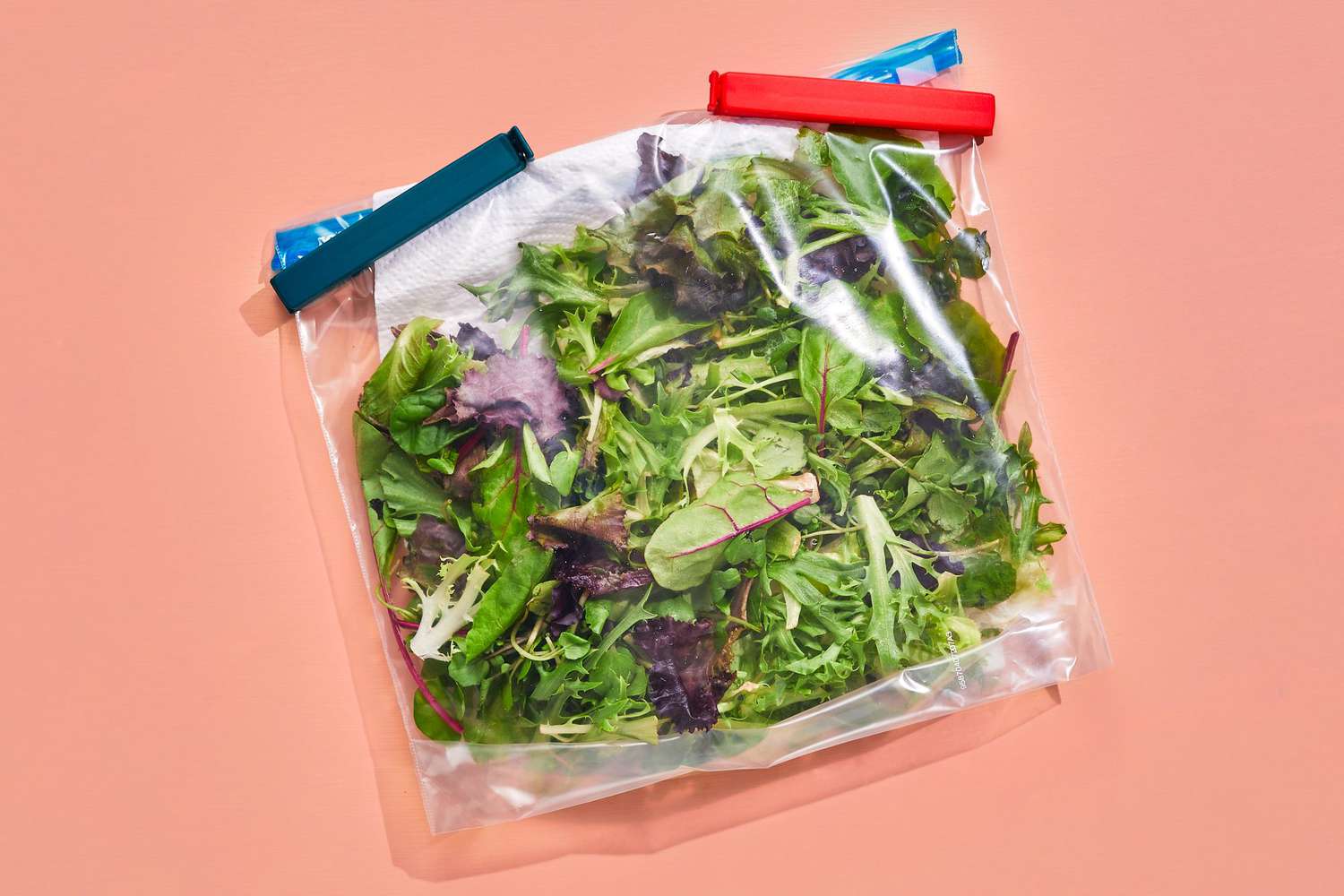

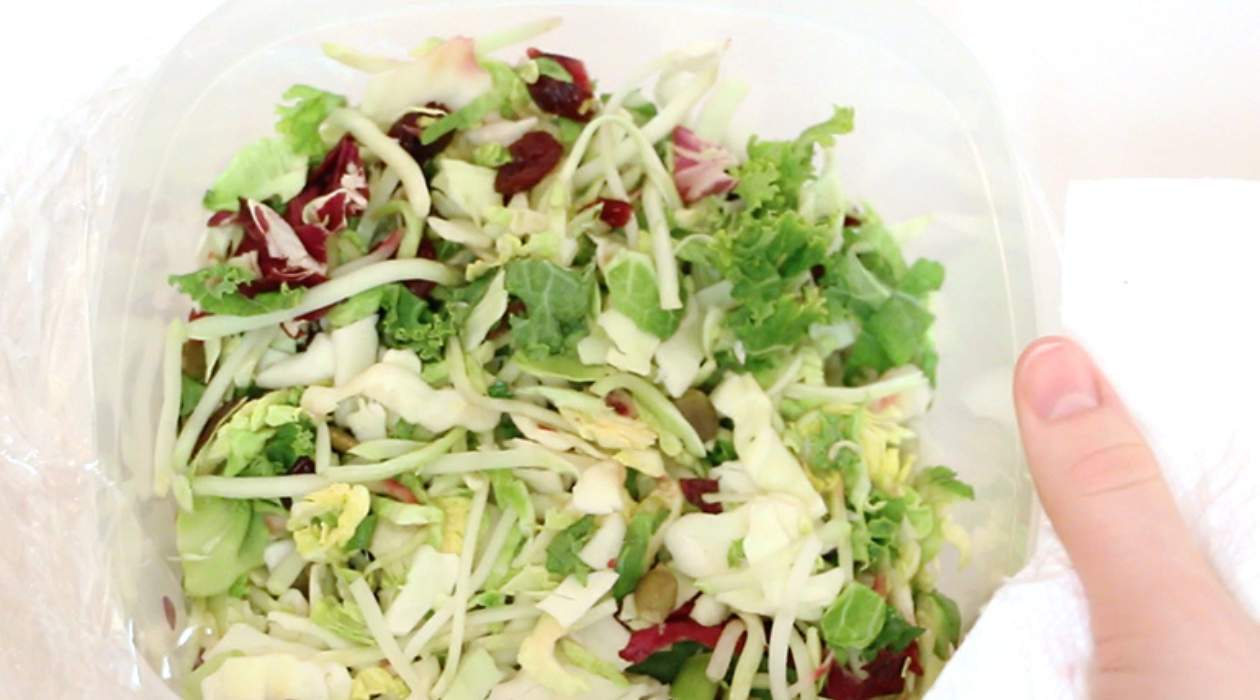

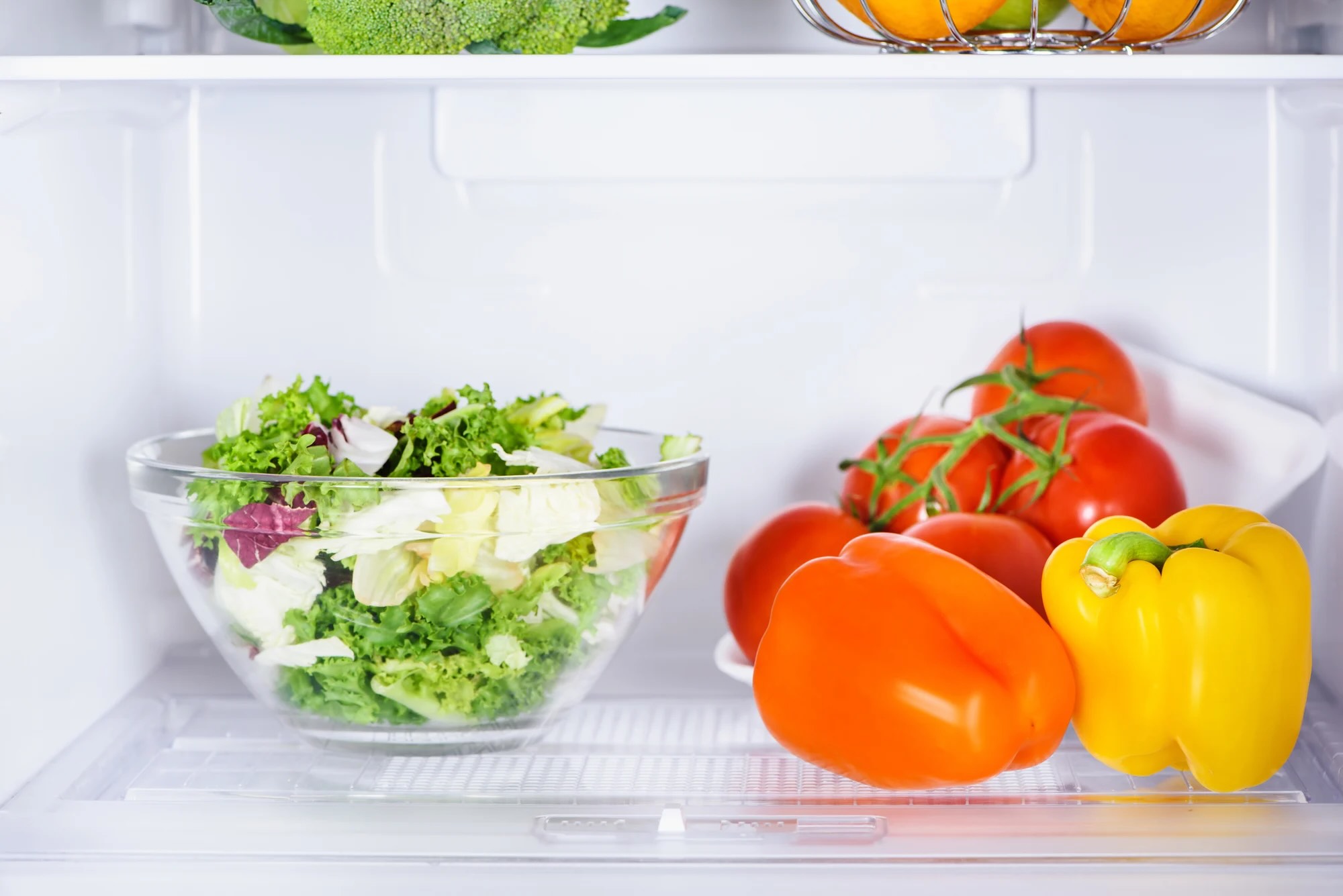




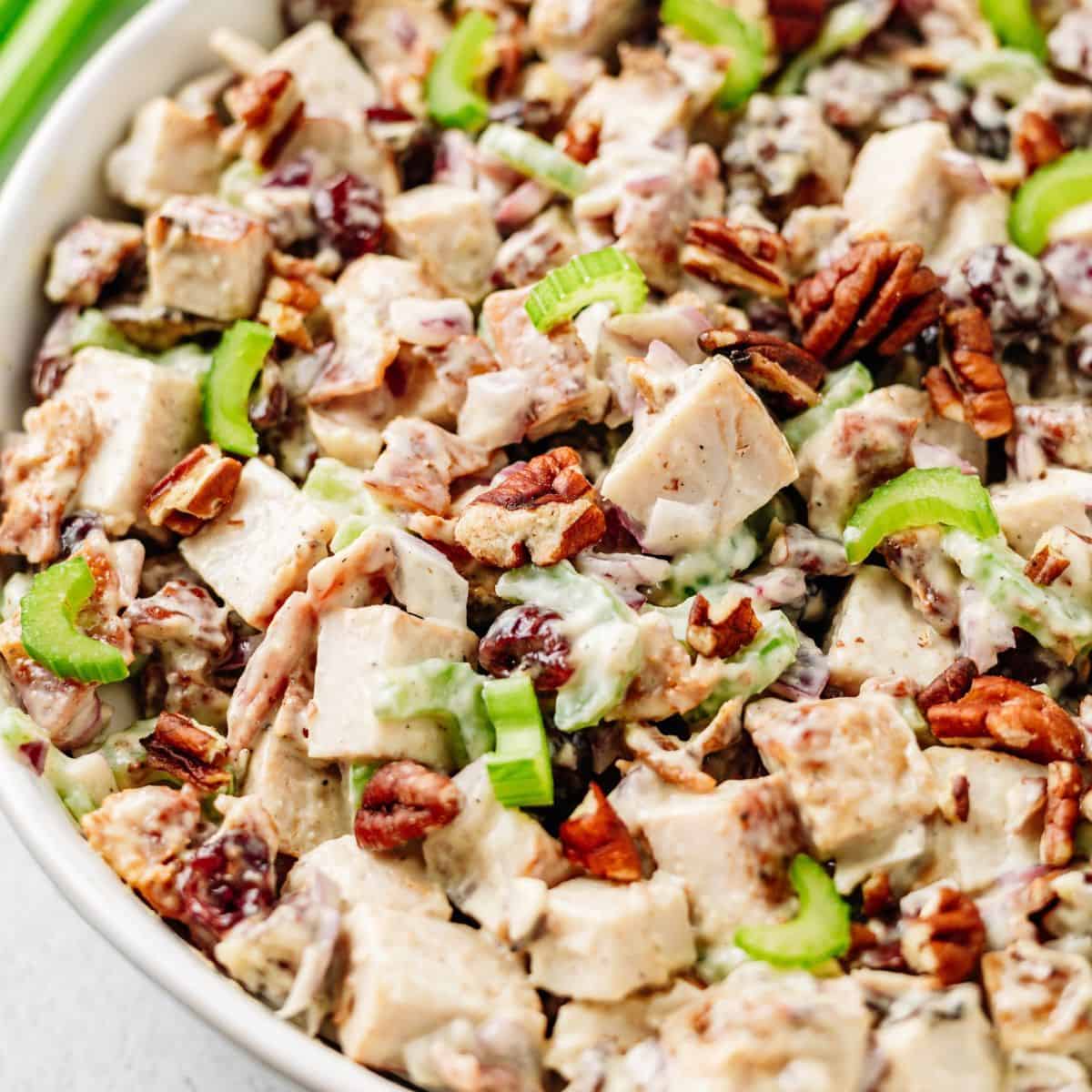
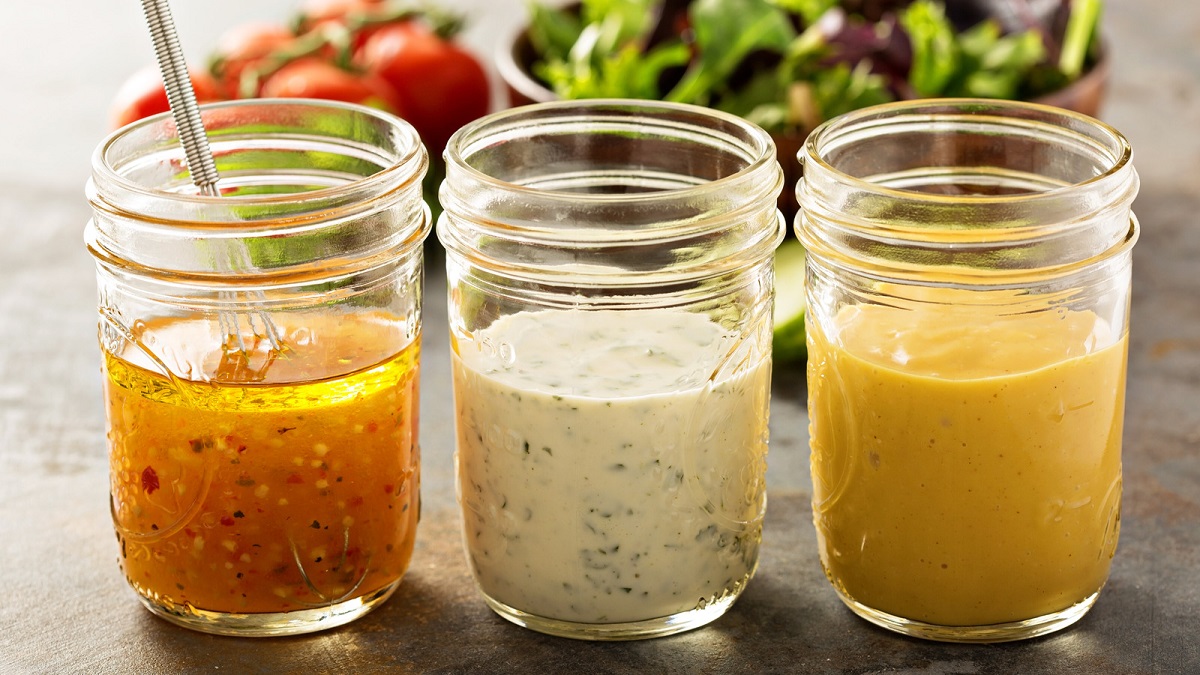
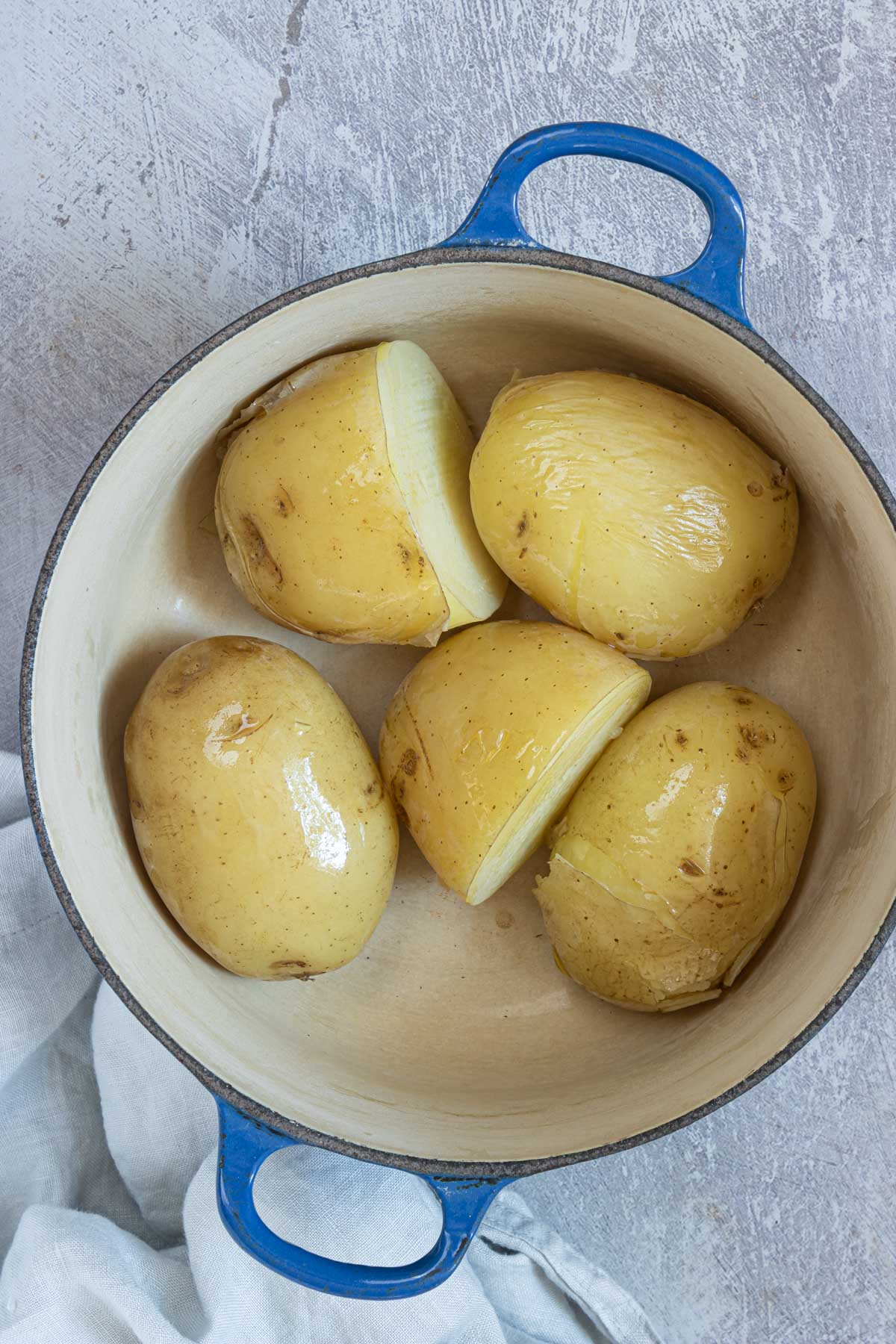
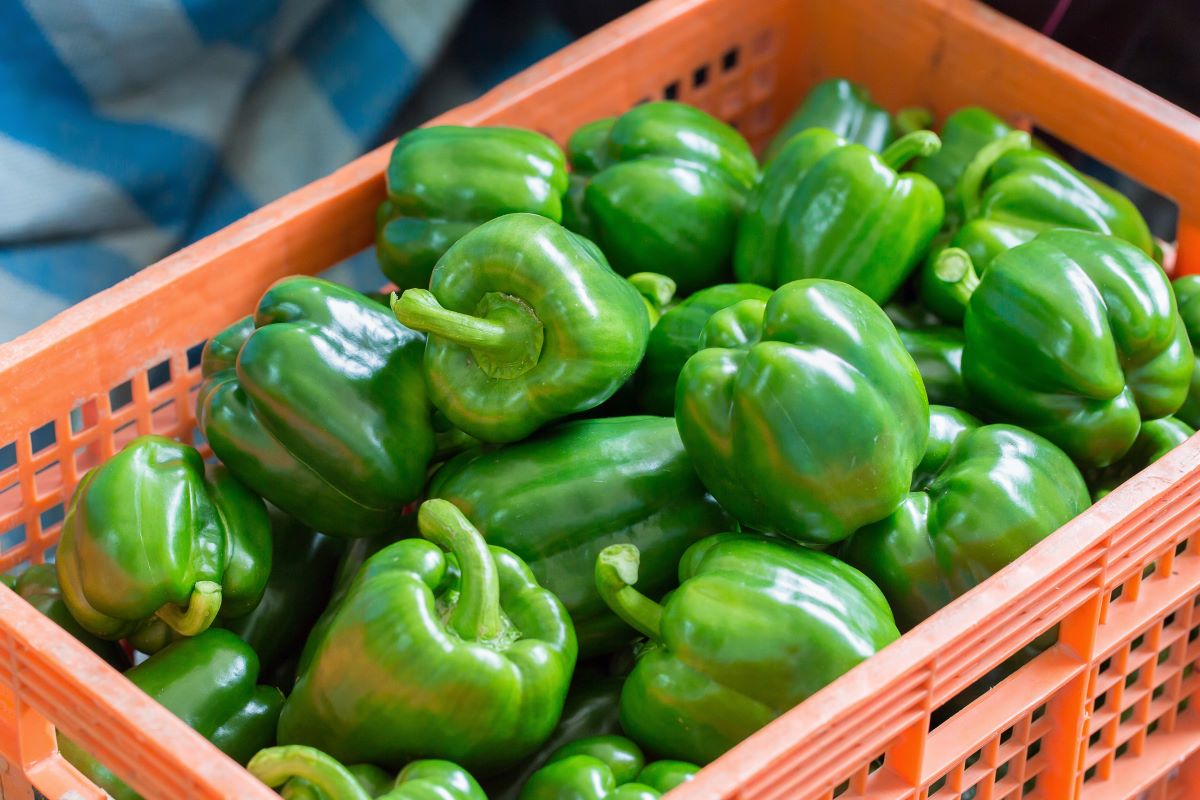

0 thoughts on “How To Store Salad Greens”